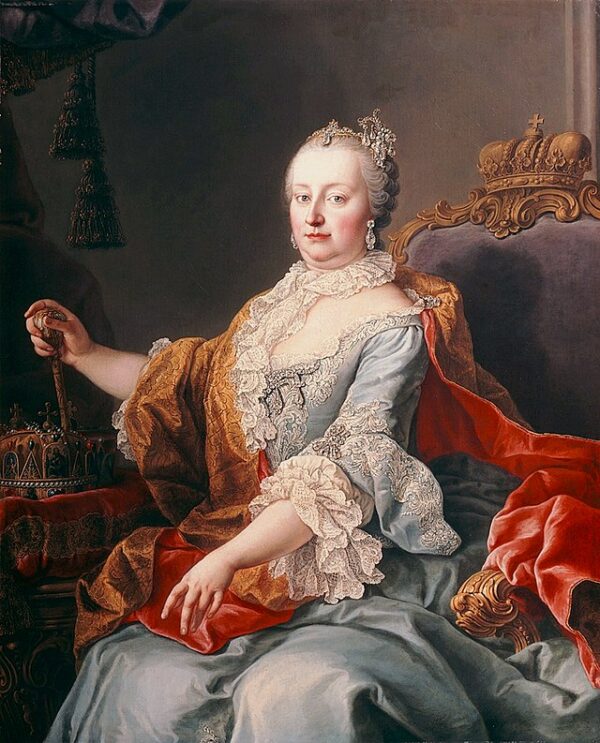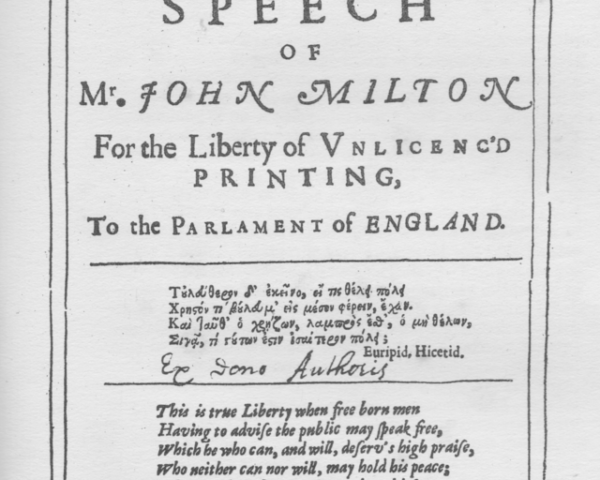On May 12, 1743, Maria Theresa of Austria—daughter of the late Emperor Charles VI and the embattled heiress to the Habsburg dominions—was crowned Queen of Bohemia in Prague’s St. Vitus Cathedral, sealing a hard-won victory not only over the armies of her Bavarian rival, Charles VII, but over the cynical expectations of a European order that had wagered against her survival. The coronation, heavy with medieval pomp and Habsburg symbolism, was not merely a ceremonial act—it was a declaration of sovereignty by a woman whose right to rule had been treated as a diplomatic fiction and a legal inconvenience by the crowned heads of Europe.
Maria Theresa had assumed her inheritance in 1740 under the terms of the Pragmatic Sanction, a carefully engineered legal compact through which her father had sought—unsuccessfully, as events would show—to secure European recognition of a female line of succession in the absence of a male heir. At first, the major powers had signaled their assent. But within weeks of Charles VI’s death, the agreements unraveled. France, Prussia, Bavaria, and Saxony, among others, moved swiftly to carve up the Habsburg realm, treating the young archduchess not as a sovereign but as an obstacle to be removed. Chief among her adversaries was Charles Albert of Bavaria, who—backed by French arms—invaded Bohemia, seized Prague, and crowned himself King. In January 1742, he was elected Holy Roman Emperor, assuming the title Charles VII and breaking the Habsburg stranglehold on the imperial crown for the first time in over three hundred years.
But titles conferred in occupied cities and elections brokered by bayonet did not amount to permanent rule. Maria Theresa, barely twenty-five, proved unshakable. She rallied the Hungarian Diet, extracted oaths of loyalty through both persuasion and desperation, and forged a series of counteroffensives through her generals—most notably Count Otto Ferdinand von Traun and her brother-in-law, Prince Charles of Lorraine. By the end of 1742, Austrian forces had retaken Prague. Charles VII, though still Emperor in name, had lost Bohemia in fact.
Her decision to proceed with a formal coronation in Prague was a calculated assertion of legitimacy, directed not only at her domestic subjects but at the broader European audience still entertaining doubts about her rule. In the traditional Bohemian rite, Maria Theresa swore to uphold the rights of the estates, was anointed with holy oil, and received the Crown of Saint Wenceslas—a potent symbol of dynastic continuity and national authority. The ceremony was a triumph of optics and political theater: a young queen standing atop a crumbling world order, asserting that sovereignty, if it meant anything at all, meant persistence.
Though the war was far from over—indeed, the broader War of the Austrian Succession would rage until 1748—Maria Theresa’s Prague coronation marked a decisive shift in narrative. Charles VII remained nominally emperor until his death in 1745, but he would never again control Bohemia. Within two years, Maria Theresa would orchestrate the election of her husband, Francis Stephen of Lorraine, as Holy Roman Emperor, thus restoring the imperial title to Habsburg hands by conjugal proxy. The fiction of her dispossession had collapsed under the weight of her determination.
In retrospect, the May 1743 coronation serves as a kind of fulcrum in the history of Central Europe—a moment when dynastic right, challenged by opportunism and betrayal, was reasserted not through treaties but through action. It was a performance of power that proved, at least in Maria Theresa’s case, that legitimacy could be won on the battlefield and confirmed at the altar.
Over the next four decades, Maria Theresa would centralize administration, reform the army, and lay the bureaucratic and fiscal foundations of a modern state—all while raising sixteen children, many of whom she dispatched to rule or marry into the royal houses of Europe. But it began, symbolically and unmistakably, in Prague, with the crown she refused to relinquish.






